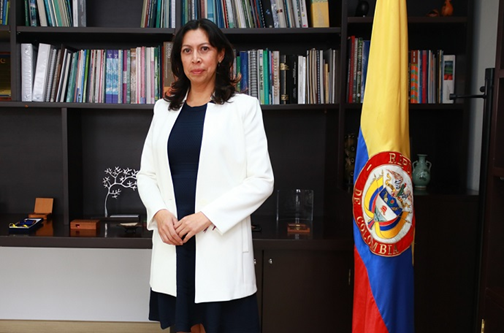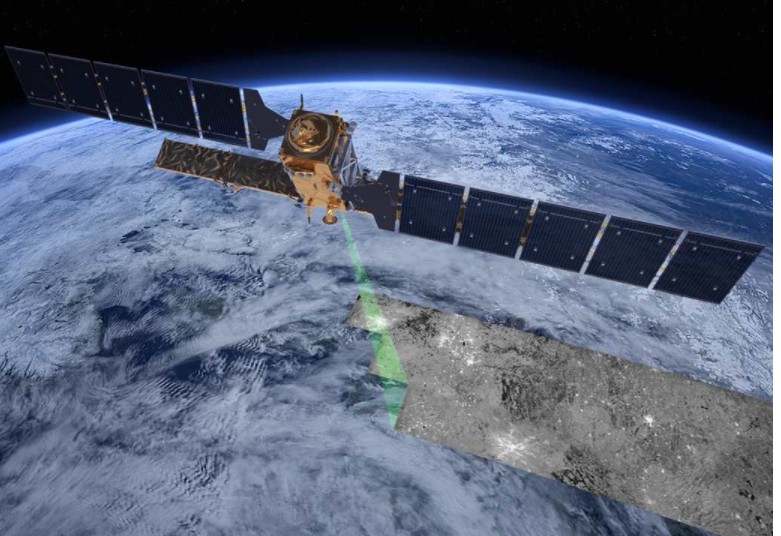
Tropical forest loss is a major cause of climate change. Improved monitoring of tropical forests is crucial to launch effective strategies for forest protection. This is why Norway’s International Climate and Forest Initiative (NICFI) decided to grant free access to high-resolution satellite images of the tropics to anyone, anywhere, to monitor tropical deforestation.
In September 2020 NICFI entered into a contract worth up to NOK 400 million (approx. USD 43 million) with Kongsberg Satellite Services (KSAT) and its partners Airbus and Planet to provide universal access to such images. The NICFI Satellite Data Program has thus far registered over 11,000 users from 145 countries around the world. And many more are accessing the data through the Global Forest Watch platform.
The NICFI Satellite Data Program covers all the main forest regions of the world. User are registered in Brazil, Cambodia, Cameroon, Colombia, Costa Rica, Democratic Republic of the Congo, Ecuador, Ghana, Guyana, Honduras, Laos, Mekong Region, Mexico, Mozambique, Nepal, Panama, Papua New Guinea, Peru, Senegal and Vietnam
As the map below shows, the majority of images are streamed in key tropical forest countries like Brazil, Colombia and the Democratic Republic of Congo. A main objective of the program is to assist these and other countries in detecting and responding to drivers of deforestation.
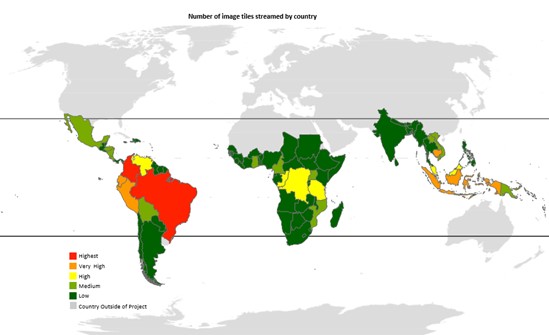
Unlocking satellite imagery to reduce deforestation
Satellite data can be a key tool in the fight against tropical deforestation but demands high technical skills and powerful computer processing. Therefore, as part of the satellite data program, Norway has committed up to USD 10 million (NOK 90 mill.) to a project managed by the UN Food and Agricultural Organization (FAO) aiming to let more people make use of satellite imagery to combat tropical forest loss.
The project, called SEPAL, covers the years 2022 to 2025, and seeks to aid tropical forest countries and their ability to plan and implement sustainable land use policies. To do this, the project provides data and methods that meet critical forest and land monitoring needs.
![[dss-hidden] NICFI supports SEPAL, a platform helping users make the most of complex satellite data. The screenshot shows 4 different analyses of a site from the Brazilian Amazon. Photo: FAO.](https://files.nettsteder.regjeringen.no/wpuploads01/sites/245/2022/03/Screen-Shot-2021-11-17-at-7.09.34-PM.png)
User story: Central African Forest Initiative
The Central African Forest Initiative (CAFI) is a partnership between eight donors and six partner countries, including the Central African Republic, the Democratic Republic of the Congo (DRC), the Republic of Cameroon, the Republic of Congo, the Republic of Equatorial Guinea, and the Republic of Gabon.
CAFI uses the satellite data to validate and classify drivers of deforestation and degradation to protect the Central African forest. According to Remi D’Annunzio, FAO’s REDD+ National Forest Monitoring Coordinator for Africa, “Anywhere in the Central African forest where degradation is happening, we were missing a substantial amount of even easy to detect degradation with anything else other than the Planet-NICFI data.”
In partnership with UN Food and Agriculture Organization, CAFI is hosting regular workshops with technical practitioners from the six member countries and beyond, to support their work with the satellite data to track and classify drivers of deforestation and forest degradation over time.
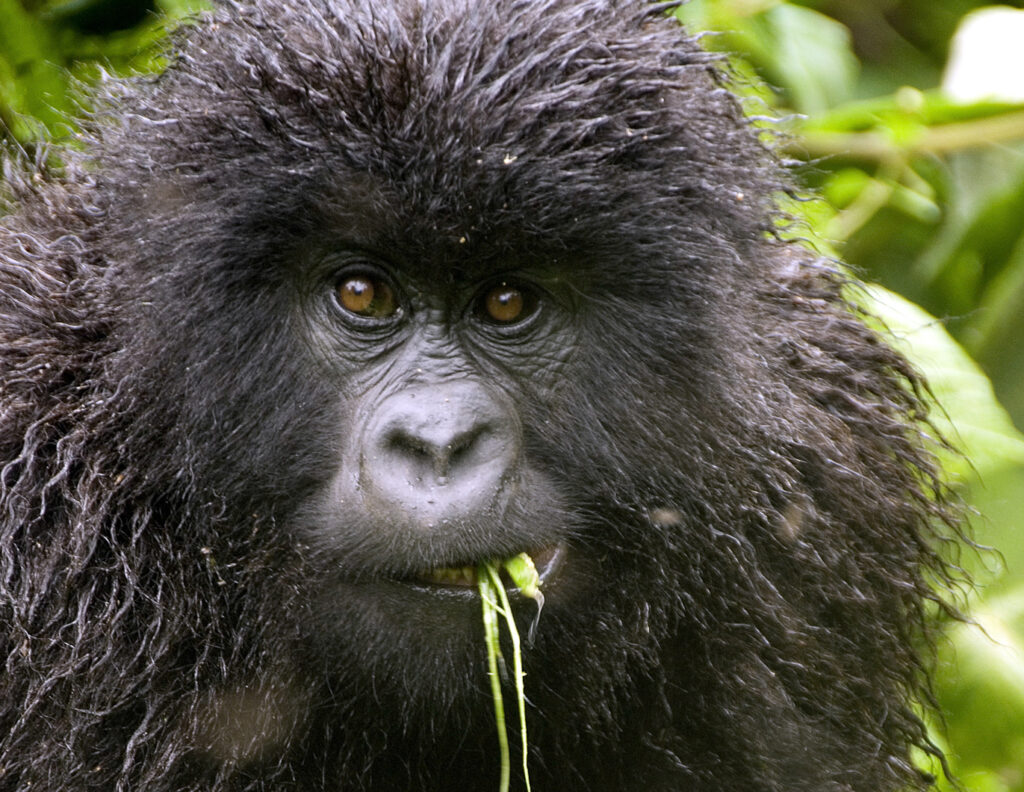
User story: Brazil
The Amazon Environmental Research Institute (IPAM) is putting the satellite data work to monitor and report on native vegetation that could be legally deforested, but that farmers chose not to when participating in the CONSERV program – a private, voluntary mechanism that provides incentive payments to rural producers that voluntarily conserve more native vegetation than required by law. The high-resolution of the data is helping improve their deforestation, degradation, and fire detection algorithms that are critical to this work, with recent improvements being especially useful for capturing early patterns of degradation at a fine scale.
User story: Lao People’s Democratic Republic
Lao People’s Democratic Republic (Lao PDR) is working to achieve reduced emissions from deforestation and forest degradation as pledged in its Paris Agreement commitments. The country has entered into an agreement with the World Bank Forest Carbon Partnership Facility (FCPF) to receive performance-based payments for these emission reductions, including from Norway. A key condition for such payments is that the uncertainty of emission estimates connected to forest degradation is reduced. The use of the satellite data program is instrumental in this work.
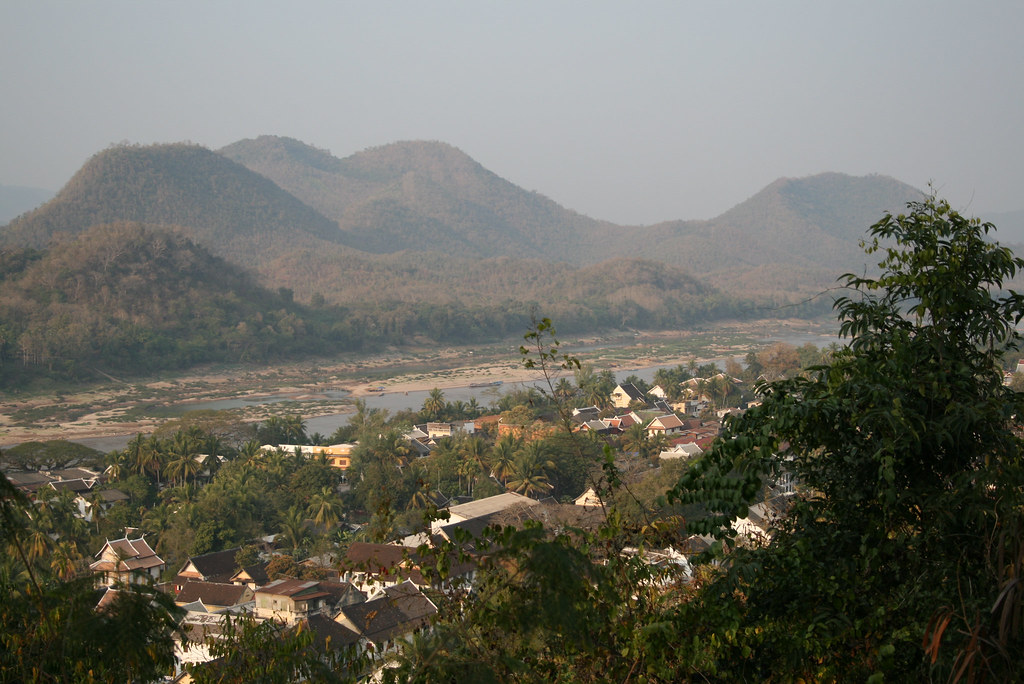
User story: Colombia
Colombia houses the third largest forest area in South America. The country has ambitious targets for reduced forest loss, and is a close partner of Norway alongside Germany and the United Kingdom. For Colombia to succeed, a solid system for forest monitoring is essential.
Colombia’s Institute for Meteorology, Hydrology and Environmental Studies (IDEAM) uses the satellite data to reduce uncertainty in their estimates of forest area change and carbon. They also expect to utilize the data in early- warning systems to address deforestation, and predict that the data will contribute to better enforcement of Colombia’s zero-deforestation laws.
